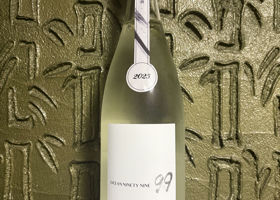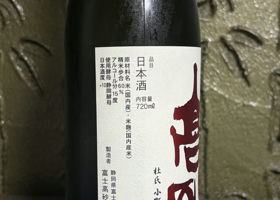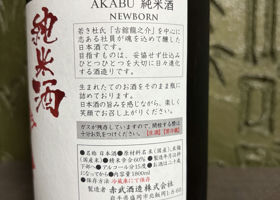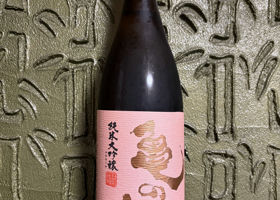

ごう
Tobiroki Special Junmai.
Mild but pleasant rice ginjo aroma.
The rice flavor and soft texture spread gradually as you drink it in a sake bowl.
Soft acidity begins to surface in the mid-palate and spreads throughout the mouth.
The freshness and balance of the flavor is again particularly good this season, and the lingering book of bitterness seems a bit less pronounced.
I like that hook, but this slight sense of balance is also a sign of evolution.
I personally consider it the best taste as a benchmark balance for sake.
Japanese>English

































